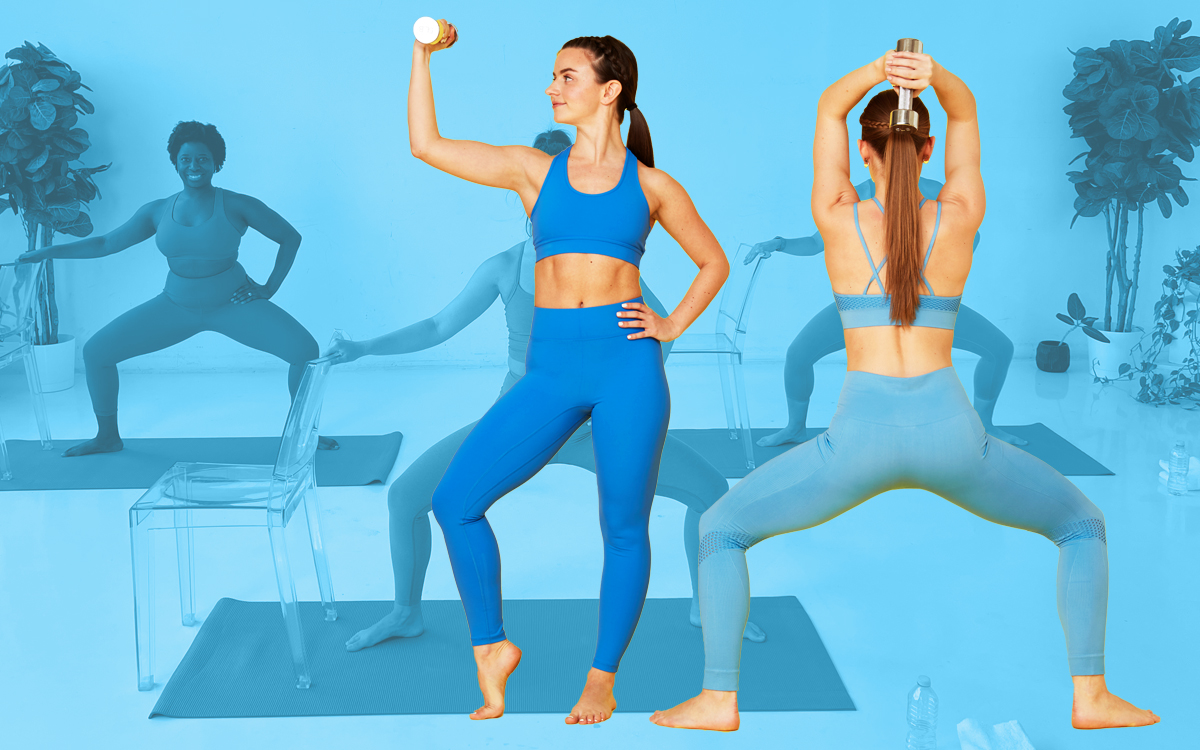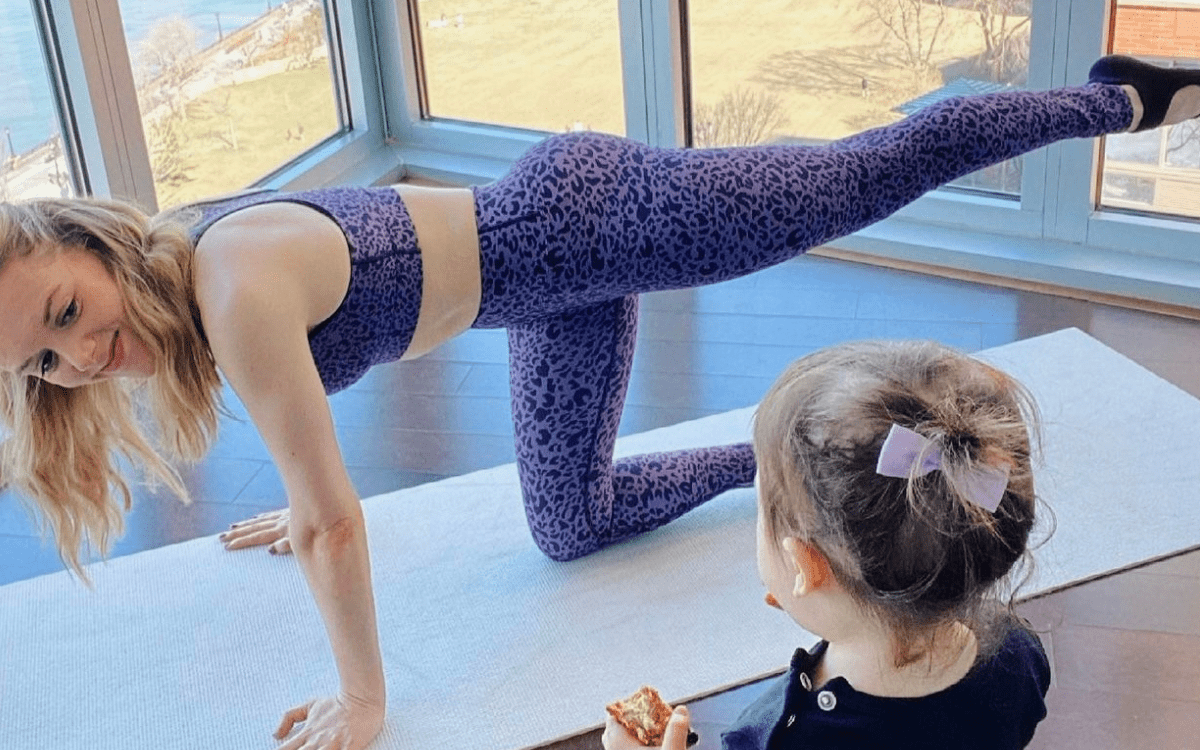Barre classes have been popping up everywhere, from boutique studios to online platforms. Maybe you’ve seen those ballet barres and wondered what the hype is about.
Maybe you’ve even tried a class and left with legs shaking and a new respect for tiny, precise movements.
If you’re curious about barre, you’re not alone.
Tanya Becker, longtime barre instructor and co-founder of Physique 57, recently chatted with the New York Times to share her insights.
She explained why barre works, what makes it special, and how anyone, whether a dancer or not, can benefit.
What Makes Barre Different?
Barre isn’t just another fitness trend. It’s a method that pulls from ballet, pilates, and strength training.
But don’t let the ballet roots fool you. You won’t be leaping across the floor in a tutu. Instead, you’ll find yourself holding deep squats, pulsing in tiny movements, and engaging muscles you didn’t know you had.
Tanya Becker summed it up perfectly:
“Every muscle has to show up, all your ancillary muscles and your larger muscle groups,” said Becker. To effectively engage all of these muscles, many barre exercises involve several incremental steps.
That’s the thing about barre—there’s no coasting. Every rep, every pulse, every hold demands focus.
You’re not just working the big muscles like quads or glutes. The small stabilizers get in on the action, too. That’s why the burn feels different. That’s why you leave class feeling worked, but also taller and more aligned.
Why Barre Feels Like Dancing (Even If You’re Not a Dancer)
A lot of people walk into barre classes because they want to “feel like a dancer.” The music, the mirrors, the graceful movements—there’s something about it that’s different from lifting weights or running on a treadmill.
Tanya Becker gets it. She’s seen it time and again in her studios.
So what does it mean to “feel like a dancer”?
It’s not about pirouettes or leaps. It’s about the quality of movement. In barre, you point and flex your feet during leg work. You stretch and lengthen even as you’re building strength. You move to the beat.
The movements look elegant, but don’t be fooled—they’re tough. That mix of grace and grit is what keeps people coming back.
Posture is a big part of it. In barre, you’re constantly reminded to stand tall, pull your shoulders back, and engage your core. It’s about moving with intention, not just going through the motions.
That dancer feeling? It comes from the combo of strength, control, and rhythm.
Becker explained that many barre moves overlap with dance training, but there are key differences.
Take plies, for example.
Dancers use them to work on turnout and prep for jumps. In barre, you do plies too, but with a focus on safe alignment—no need to force your hips into unnatural positions. Leg lifts, attitudes, and arabesques show up in both worlds.
In barre, you hold these positions longer, keep your legs lower, and really fire up your abs. Dancers might be chasing beautiful lines and flexibility; barre-goers are chasing muscle endurance and stability.
The Power of Tiny Movements
If you’ve ever taken a barre class, you know about “the shake.”
You’re holding a position, pulsing an inch up and down, and suddenly your muscles start to tremble. That’s not weakness—that’s your body recruiting every possible muscle fiber to keep you steady.
Becker says that’s the point. Barre uses small, controlled movements to target muscles in ways big, explosive moves can’t.
You don’t need heavy weights or fancy equipment. Sometimes, just your body weight and a sturdy chair or countertop will do. The magic is in the details—pointed toes, soft knees, engaged core.
The more you focus, the more you get out of it.
Barre Workouts at Home: No Studio Needed
You don’t need a ballet studio to get started with barre.
Becker told the New York Times that you can do most moves at home with minimal equipment. A sturdy chair, a mat, maybe a set of light weights.
That’s it.
The key is to pay attention to form. Go slow. Focus on alignment. Don’t rush the movements.
Online classes and streaming platforms make it easy to follow along. Physique 57, for example, offers On Demand for all levels. The community aspect is strong, even if you’re working out solo in your living room.
Who Should Try Barre?
Short answer—anyone. You don’t need a dance background. You don’t need to be super flexible.
Barre meets you where you are. Moves can be modified for injuries or fitness levels.
Pregnant? Recovering from something? There’s a way to make barre work for you.
The focus on alignment and small movements means it’s low-impact but still challenging.
Barre is great for cross-training, too. Runners, cyclists, and even weightlifters can benefit from the stability and core strength barre develops.
Plus, it’s fun. The music, the group energy, the feeling of accomplishment after nailing a tough set—it all adds up.
Key Takeaways from Tanya Becker
Barre isn’t just about looking good. It’s about feeling strong, confident, and connected to your body.
Tanya Becker’s advice?
Focus on the details. Listen to your body. Don’t worry about perfection. The more you show up, the more you get out of it.
You might not be on stage, but you’ll move like you belong there. And that’s what keeps people coming back to the barre—one pulse, one shake, one class at a time.
Curious for more? You can read Tanya Becker’s full feature and expert insights in The New York Times right here.



